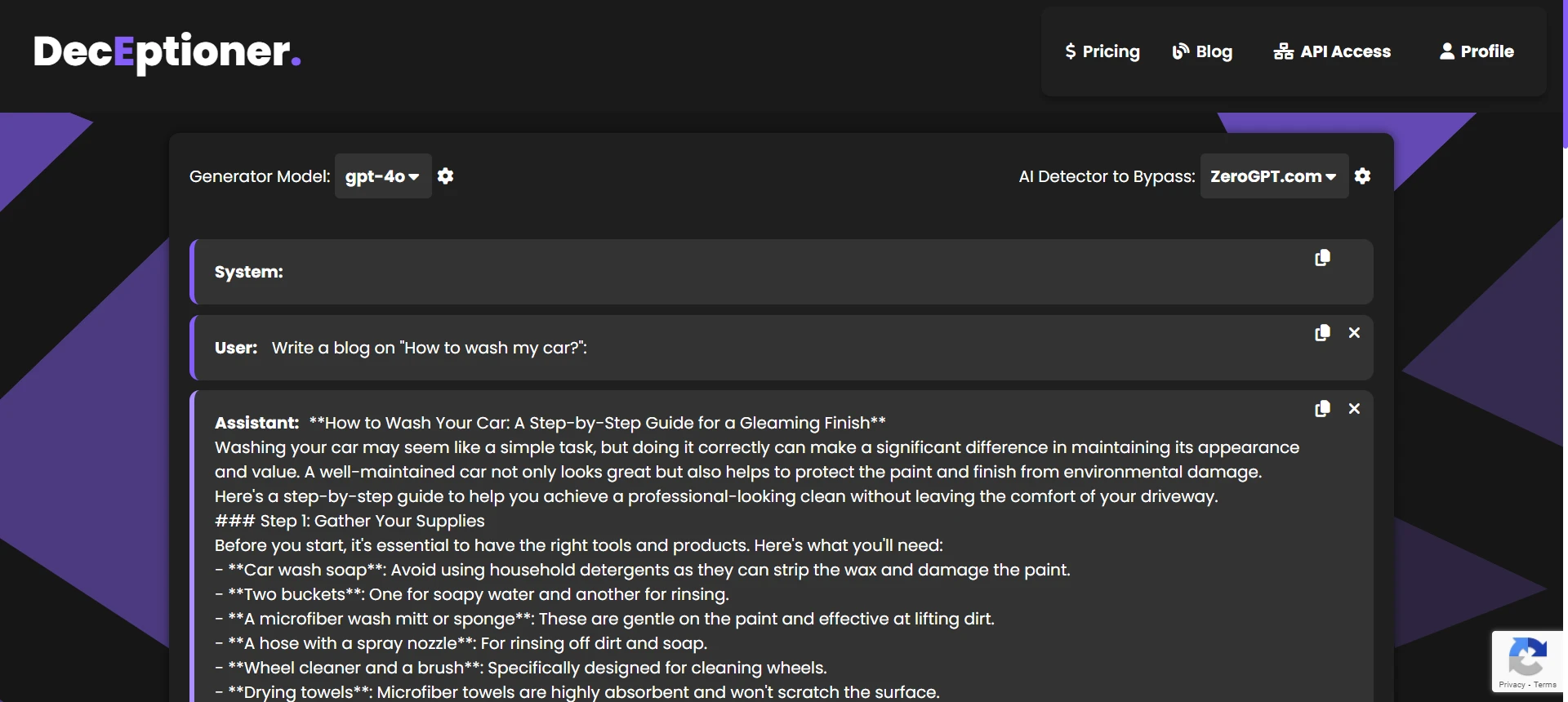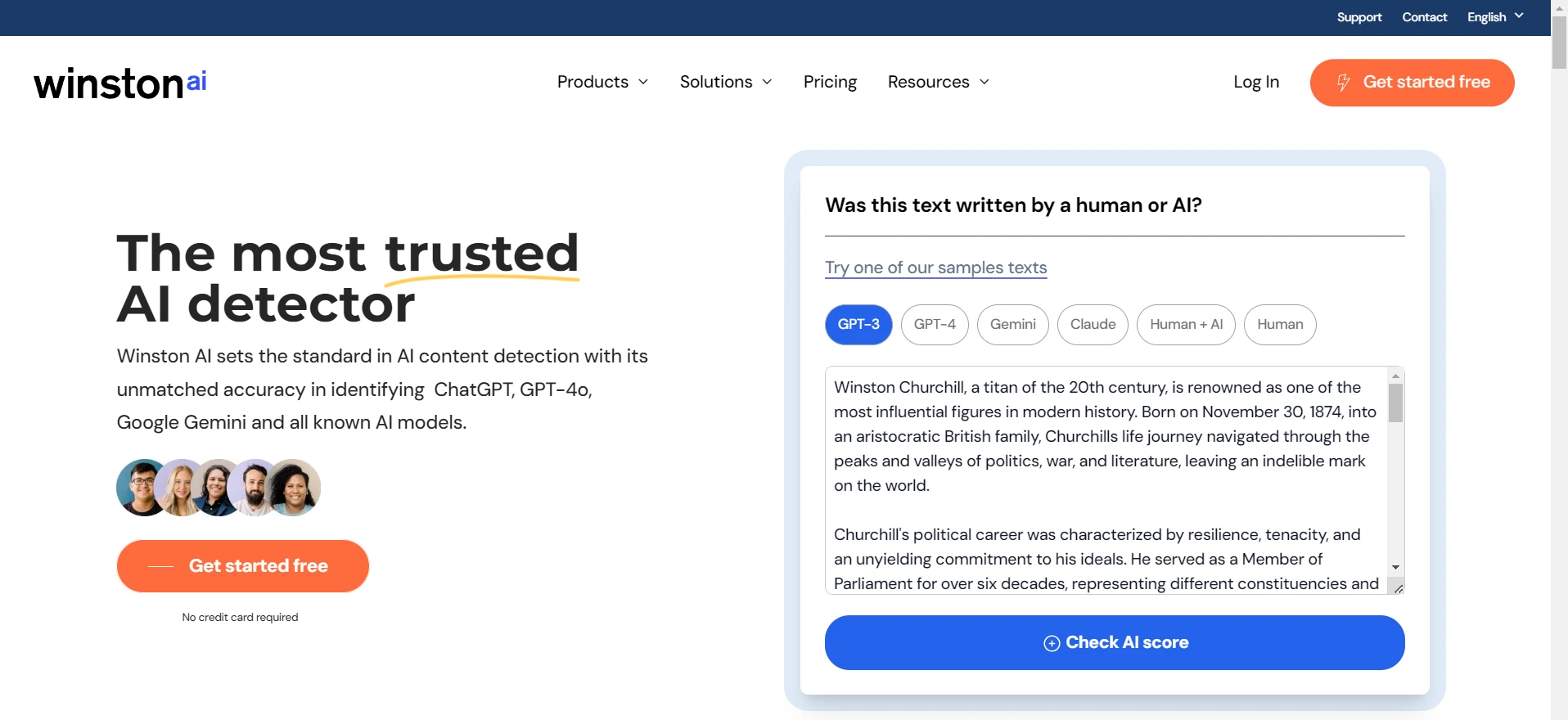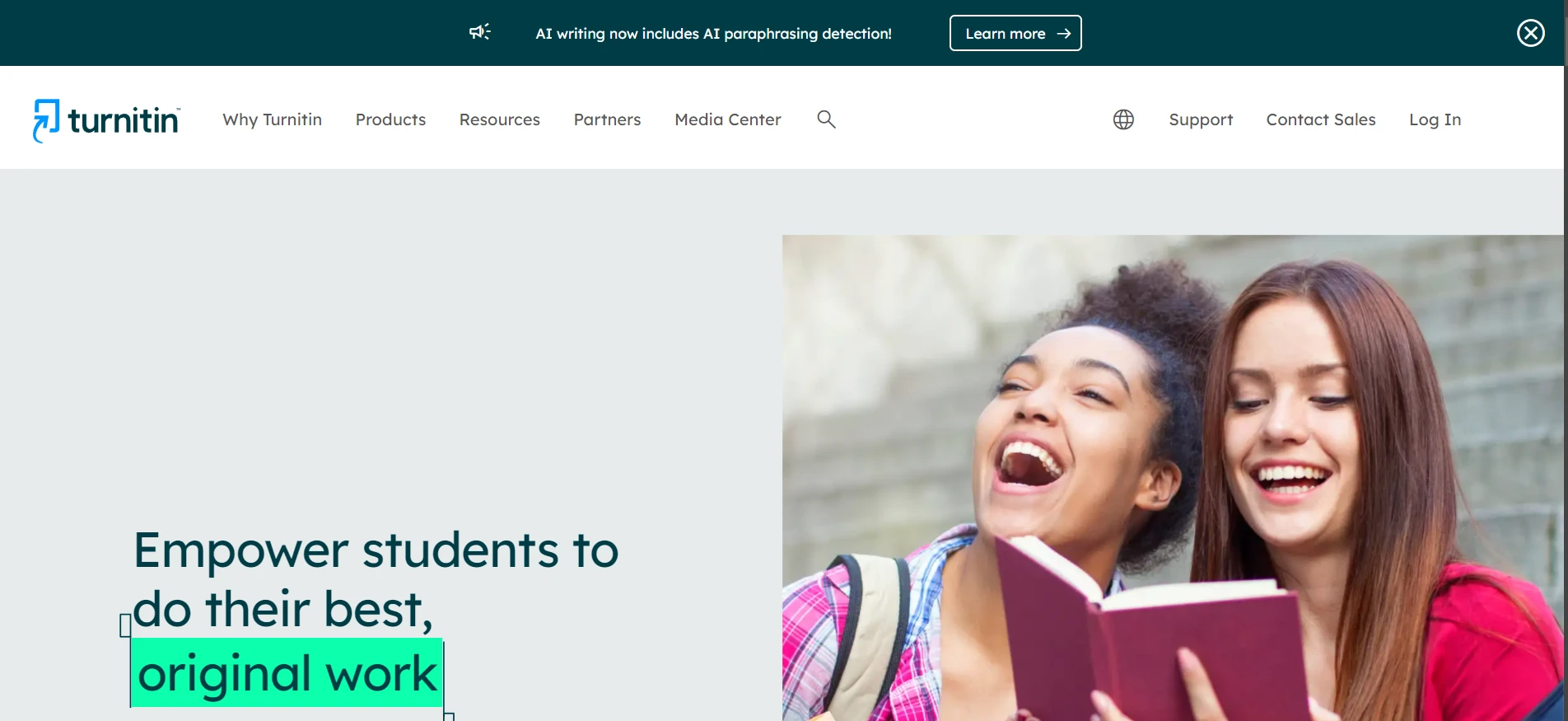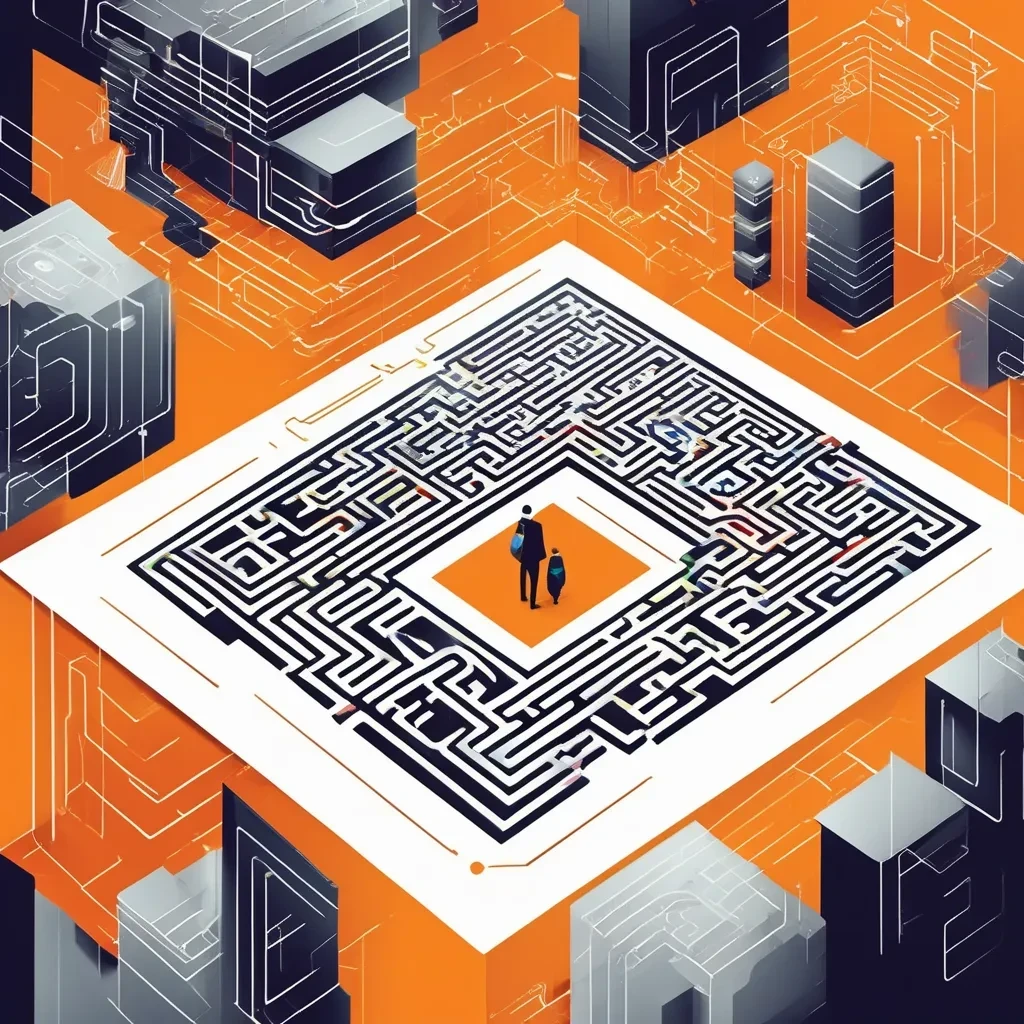As we all know ZeroGPT is used by many people to figure out whether a text is written by AI or not. However, is it actually good at this job? The short answer is YES. The longer answer is the devil lies in the details. Keep reading to know more about it.
Why ZeroGPT is used in the first place?
The simple answer is it is an AI detector that tries to differentiate AI-written text from human-written text. Just like any other AI detector out there, it doesn’t promise you any guaranteed detection accuracy for all sorts of content you throw at it. It uses machine learning models, stylometric analysis, and other fancy stuff under the hood which we don’t really need to understand in extreme detail for this post.
Is ZeroGPT a good AI detector?
| Metric | Value |
|---|---|
| Total rows | 160 |
| Rows analyzed | 160 |
| Accuracy | 73.75% |
| Precision (AI) | 0.778 |
| Recall (AI) | 0.683 |
| F1 (AI) | 0.727 |
| Precision (Human) | 0.705 |
| Recall (Human) | 0.795 |
| F1 (Human) | 0.747 |
| Macro F1 | 0.737 |
| Weighted F1 | 0.737 |
| ROC AUC (score column) | 0.805 |
Yes, it is decent but not flawless. Especially when looking at the numbers from a small dataset of 160 rows (i.e. texts). ZeroGPT was tested on those 160 texts and here’s what we found:
- It analyzed all 160 rows.
- It gave an overall Accuracy of around 73.75%. Think of Accuracy as just the overall hit rate – how many times it got the labels correct.
- Precision (AI) stands at 0.778 which means whenever ZeroGPT said “AI,” it was right about 77.8% times.
- Recall (AI) is 0.683, basically telling us that out of all AI texts in our dataset, ZeroGPT caught 68.3% of them.
- F1 (AI) is 0.727, which is basically a single number that balances both precision and recall (so it’s decent).
- On the human side, we got a Precision (Human) of 0.705, Recall (Human) of 0.795, and F1 (Human) of 0.747.
- Macro F1 and Weighted F1 both stand at 0.737 which just represent an average measure of how well ZeroGPT performed on both categories (Human & AI).
- The ROC AUC is 0.805, and if you don’t know what that means, it basically says that ZeroGPT’s continuous scoring system has meaningful information even if the preset threshold might not be perfect.
Also Read: Does ZeroGPT Gives False-Positives?
The confusion matrix
Here’s the default confusion matrix which might sound complicated but trust me, it just tells you how many real AI or Human texts were labeled correctly or incorrectly.
| Predicted Human | Predicted AI | |
|---|---|---|
| Actual Human | 62 (TN) | 16 (FP) |
| Actual AI | 26 (FN) | 56 (TP) |
- TN is True Negative meaning it correctly labeled 62 real Human texts as Human.
- TP is True Positive meaning it correctly labeled 56 AI texts as AI.
- FP means ZeroGPT labeled 16 real Human texts as AI (false alarm).
- FN means 26 AI texts were missed as Human (missed detection).
Hence, if ZeroGPT is not tuned to be super strict about catching AI texts, it will miss some. Right now, the false positive rate is around 20.5% (i.e. about 1 in 5 human texts gets wrongly flagged as AI), and the false negative rate is ~31.7% (about 1 in 3 AI texts is missed as Human).
Also Read: Is CoPilot Detectable By ZeroGPT?
So, is ZeroGPT a “good” AI detector?
I would say it is decent. On this dataset, it hovered around 74% accuracy. That leaves quite some room for mistakes. The AUC ≈ 0.805 is pretty decent though, which tells you that if you tweak its threshold, you could reduce either false positives or false negatives depending on your needs.
Also Read: How Accurate is ZeroGPT compared to Turnitin?
Strength
The score is informative. A 0.805 ROC AUC indicates the underlying model is not random. If you are serious about catching AI text, you can tune the threshold to lower the risk of missing out on any AI content.
Weakness
At the default threshold, about 1 in 3 AI texts is simply missed. If your highest priority is to catch AI texts (like for academic integrity), you might want to set it to be more sensitive, but that also means it will flag more genuine human texts incorrectly.
My advice
Treat ZeroGPT as a triage or ranking tool instead of a final decider. Maybe take all the texts it labels with higher AI score and do a deeper, manual review. If it labels something borderline, don’t automatically trust the label. It might be beneficial to combine ZeroGPT’s analysis with other clues, like writing style or user behavior.
Fairness & false accusations
Keep in mind that around a 20% false-positive rate means 1 in 5 genuine human texts is incorrectly flagged. If you’re making important decisions (like academic grades, job applications, or compliance checks), a human review step is strongly recommended.
Frequently Asked Questions
Q1. Does ZeroGPT detect ChatGPT?
Yes, ZeroGPT can detect ChatGPT content, though it isn’t guaranteed to catch it 100% of the time. If you’re worried about missing AI text or false positives, you need to adjust the threshold or do a manual check.
Q2. Why does ZeroGPT sometimes flag human text as AI?
Because it’s not perfect. Like many AI detectors, it looks for patterns. Sometimes human text can also look “too perfect,” triggering an AI label.
Q3. What is Accuracy, Precision, and Recall in simpler terms?
- Accuracy means overall correctness: out of everything it labeled, 73.75% were correct.
- Precision (AI) means: “When ZeroGPT says AI, how often is it right?” and it’s about 77.8%.
- Recall (AI) means: “Of all the AI texts out there, how many did it actually classify as AI?” which is about 68.3%.
Q4. Can I use ZeroGPT’s out-of-the-box threshold?
Yes, but it might not be perfect for your needs. If you absolutely need to catch AI texts, consider lowering the threshold. But be prepared to get more false alarms on human text.
The Bottom Line
ZeroGPT is a decent AI detector if you use it as a signal rather than a definitive verdict. Always combine it with human judgment especially if the outcome has serious consequences. Don’t rely on any AI detector blindly. If there is something suspicious, do a deeper manual check before making major decisions!

![[HOT] Is ZeroGPT A Good AI Detector?](/static/images/is_zerogpt_a_good_ai_detectorpng.webp)
![[STUDY] Can Phrasly AI Humanizer Bypass ZeroGPT?](/static/images/can-phrasly-ai-humanizer-bypass-zerogptpng.webp)
![[STUDY] Can Phrasly AI Bypass Turnitin?](/static/images/can-phrasly-ai-bypass-turnitinpng.webp)
![[HOT TAKE] Is Winston AI or GPTZero more accurate?](/static/images/is-winston-ai-or-gptzero-more-accuratepng.webp)
![[NO NONSENSE ANSWER] Is Turndetect Permanently Down?](/static/images/is-turndetect-downpng.webp)





